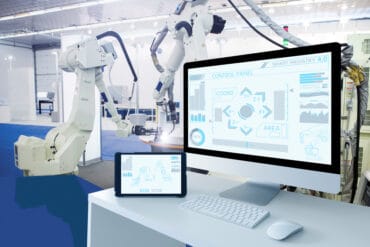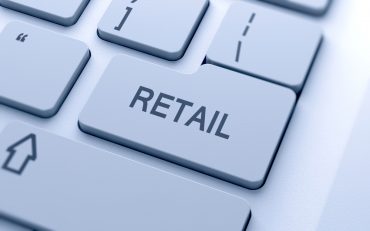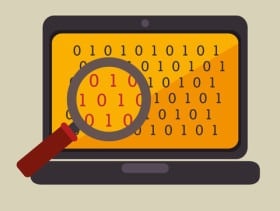
For product-led growth to be successful, the entire company must change – from processes and practices to culture, skill sets, and how you measure success.
Product-led growth (PLG) may seem like a new concept, but it’s not really: industry leaders like Zoom, Slack, and Calendly have already shown us how to win with a strategy focused on your product’s selling itself. PLG focuses on a product’s efficiency and ease; it’s all about delivering value to end-users through self-service experiences. It’s also an approach that fits with what consumers want: when asked what creates a successful B2B experience, consumers rank “self-service” first.
Despite this, plenty of companies haven’t yet initiated a PLG strategy. Reasons for this vary – their product may not be developed enough to implement self-service, or PLG may not be a topline business objective. Whatever the reason may be, these companies are missing out on a big opportunity.
PLG can’t be implemented overnight. For many businesses, implementing an effective PLG motion requires revising their overall strategy – not just revamping the product, but reshaping the business model to incorporate new ways of marketing, selling, supporting, and operating the business.
So, where should business leaders start? Here are three key areas to consider:
Data should steer the PLG ship
Behind every strong PLG strategy stands a core set of data that can point the business in the right direction. This data is key to identifying how and where customers find value in the product and for pointing teams to the improvements that lead to habitual use and adoption.
For PLG, it’s particularly important to have data on everything your customers do. PLG is all about removing friction, and friction tends to pop up most in the places we’re not looking. (Nobody designs for friction, after all!) The places where your website is tough to navigate often remain invisible to us. Features we think are useful often turn out not to be.
To get full visibility into these roadblocks, it’s helpful to have tools that capture everything your customers do, especially tools that do this automatically. Better yet, use tools that can surface moments of user friction to you without you having to go and search for them.
See also: Features-as-a-Service: Paywalls are Not Just for Content
Focus first on the user experience
Our own research validated that ease of use is key: when given a choice between two websites that accomplish similar goals, 89% of consumers said ease of use is a key factor in making the decision.
From a product perspective, PLG forces teams to consider all of the product’s features, not just the showstopping ones that can get overlooked in a more sales-led strategy. While adding new features is certainly necessary, as PLG becomes more popular, I expect to see more teams work on making their existing features easier to use rather than just prioritizing new features. As teams grow, they’ll increasingly focus on improving the trial period, onboarding new users, enhancing user experience, and smoothing out the end-to-end customer journey.
Of course, perfecting the digital experience comes with trial and error; it requires ongoing test runs, hypotheses, and experimentation. Each team member should adopt a “product mindset,” iterating on every product update and using customer behavior to inform business decisions.
See also: What is EaaS and What Value Can it Bring?
A company-wide PLG initiatives
To truly transform your product experience, your PLG strategy must influence every aspect of the business. Many in the market think of PLG strategy as being separate from sales or marketing-led efforts, but in actuality, they need to coexist for a company to realize optimal success. This takes time and involves a complete restructuring of your organization as you shift your focus to selling, marketing, and delivering value through the product. Some of these changes include:
- Reshifting your mindset to be product- and customer-centric. Your product is the star of the show, so make sure you build your product around customer feedback and put the time into understanding potential roadblocks and removing them to smooth the way to delivering value.
- Shifting marketing and sales from focusing on MQLs (marketing-qualified leads) to focusing on PQLs (product-qualified leads). This means shifting the goal from identifying people who engage with marketing materials to working hard to get people into the product, then using their in-product behavior to gauge their level of intent.
- A sales motion where salespeople are more effective in closing deals faster and overall quicker sales cycles. In a PLG model, sales people will be talking to far more people who have already tried the product. As such, their job is less to sell the initial value of the product and more to work with prospects to tailor the product to that prospect’s specific needs. That may require increasing salespeople’s knowledge about the product.
For PLG to be successful, the entire company must change – from processes and practices to culture, skill sets, and how you measure success. Although the initial investment in PLG may seem daunting, remember: whatever you invest upfront in your product experience, you’ll gain in exponential growth.





























